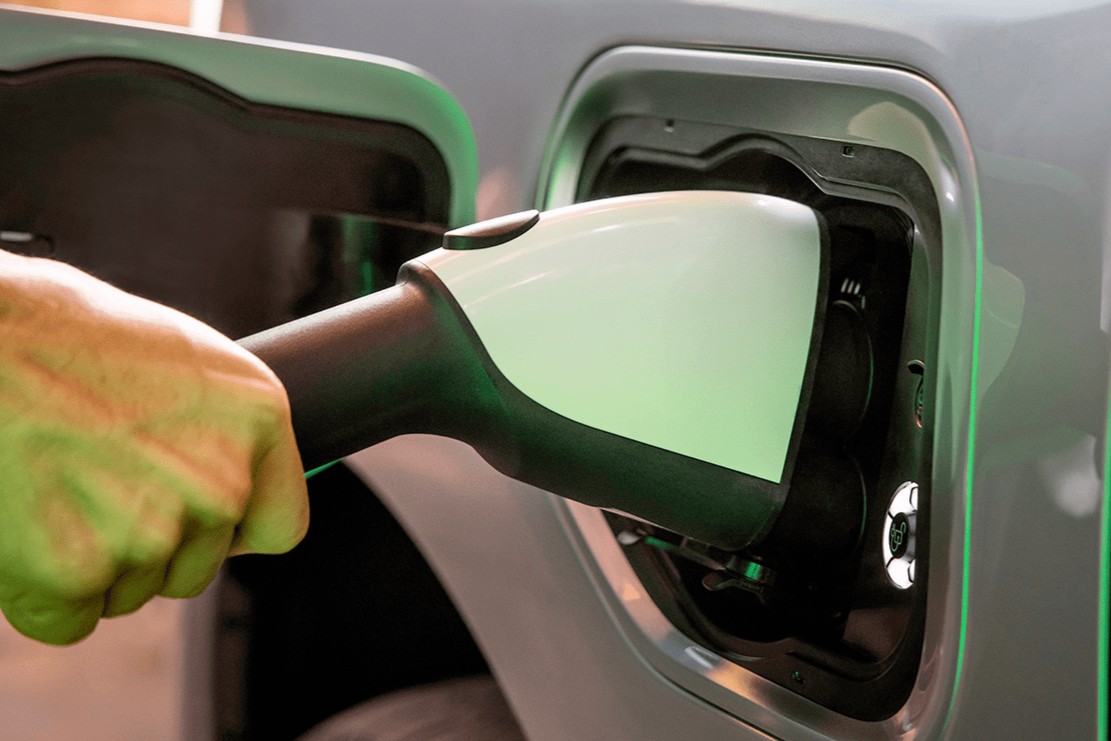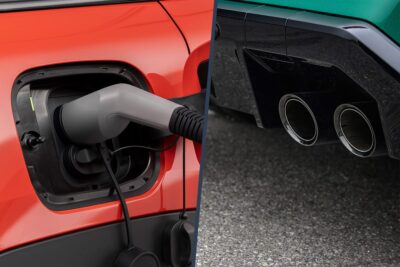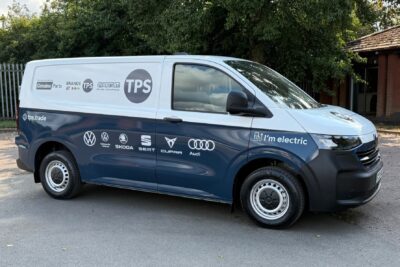The Mobility House to lead V2X programme in Massachusetts
According to TMH, this is “one of the largest state-led V2X initiatives in the US” and “a first-of-its-kind,” as it is conducted statewide. The above-mentioned bidirectional chargers will be deployed to the residential, school bus, municipal, and commercial fleet participants, transforming the EVs into energy storage units on wheels. The Mobility House states that the storage capacity for all vehicles participating in the pilot will equal around 1.5 MW.
The Mobility House will supply its vehicle-grid-integration (VGI) software for the pilot, as well as a “global experience in V2G deployment.” RI will be in charge of managing the project, “implementation, reporting, and energy program design expertise.”
According to the programme schedule, all bidirectional chargers will be installed by September 2026. The trial then runs for three months, with the end of reporting scheduled for December 2026. Applications for the demonstration project are available from April 2025. Interested owners of EVs capable of bi-directional charging can apply for the programme through July 2025.
The MassCEC lists a total of eleven electric cars that could be eligible, as they have bi-directional charging capabilities. That includes the Nissan Leaf, the Ford F-150, the Kia EV9, the Tesla Cybertruck, as well as models from Chevrolet, Cadillac, and GMC. In terms of V2X capable school buses, these can come from BlueBird, Lion Electric, Thomas Built, IC Bus, Green Power Motors, Phoenix Motorcars.
The chargers will be installed at no cost. Moreover, TMH points out that participants can even earn money by taking part in the trial. “The bidirectional charging systems will allow some participants to be compensated for sending stored energy to the grid,” the press release states.
“This program activates the potential of EVs as energy storage assets,” said Russell Vare, Vice President, Vehicle Grid Integration, The Mobility House North America. “Bidirectional charging benefits vehicle owners by providing backup power and revenue opportunities while strengthening the grid for the entire community.”
“With the charging infrastructure provided through this program, we’re eliminating financial barriers and enabling school districts, homeowners, and fleets to access reliable backup power,” said Kelly Helfrich, Vice President, Transportation Electrification Practice, Resource Innovations. “By documenting our processes, we aim to create a scalable blueprint for V2X programs nationwide.”
mobilityhouse.com, masscec.com (project page)





0 Comments